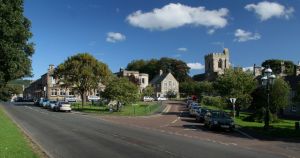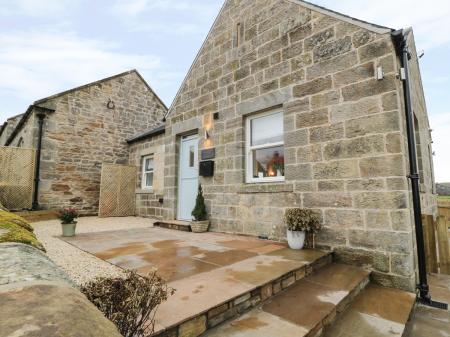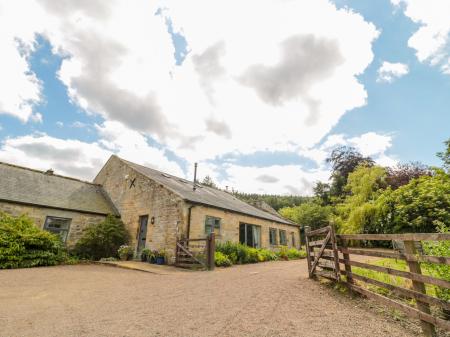
Several waymarked walks ascend Simonside, where remains of ancient burial sites can be seen.
Rothbury grew up around a ford across the River Coquet where several major roads converged. It gained a market charter in 1291 and throughout the medieval period, it grew as a cattle market and centre of the wool trade.
The town's location near the Scottish border made Rothbury a target for raiders, and it was looted and burned by Border Reivers numerous times during the 15th and 16th centuries.
Within the parish church of All Saints is an 8th-century Saxon cross, set beneath the font. The carving depicts the Ascension of Christ and is thought to be the oldest depiction of this scene in an English church. The cross reflects the church's ancient beginnings, but most of what we see today is the result of restoration in the Victorian period.
Outside Rothbury is the Victorian stately home of Cragside, built by architect Norman Shaw for industrialist Sir William Armstrong in 1864. Armstrong was responsible for a row of 12 almshouses, erected in honour of his mother in 1896.
He also planted over 6 million trees in the area, turning the surrounding landscape into a lush and green natural environment. Another reminder of Lord Armstrong is the market cross near the church, known locally as St Armstrong's Cross, erected by his widow Lady Armstrong, in 1902.
In the centre of town is the Coquetdale Centre, where you will find the tourist information centre.
Nearby Lordenshaw Hill is known for its prehistoric rock carvings; the largest concentration of such carvings in the county. To the south of town is Whitton Tower, a pele tower built in the 14th century. At Holystone is Lady's Well, built by the Romans to take advantage of a natural spring.






 We've 'tagged' this attraction information to help you find related historic attractions and learn more about major time periods mentioned.
We've 'tagged' this attraction information to help you find related historic attractions and learn more about major time periods mentioned.



